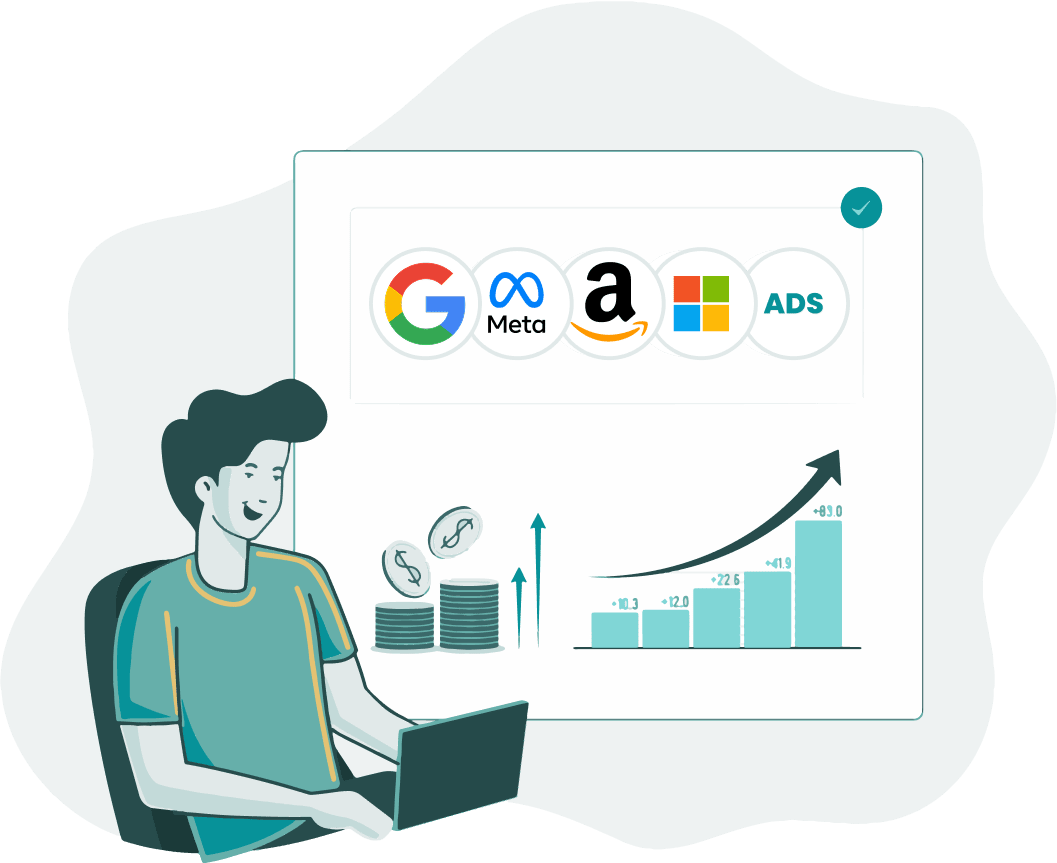Black Week is notorious for unexpected challenges.
Unstable feeds, sudden inventory issues, or campaigns behaving unpredictably — it can all feel like a battlefield.
Every year, I see advertisers throw money at the problem, hoping bigger budgets will fix everything. But success during Black Week isn’t about spending more; it’s about being ready.
In this article, I’ll share how you can build a solid Black Week game plan: setting up campaigns early, planning for multiple scenarios, and using automation and real-time monitoring to stay in control.
Why preparation wins the week
Black Week (and every major sale period) is won through readiness, not reaction.
The advertisers who plan ahead, not just budgets, but contingencies, always perform better.
Here’s a framework I follow:
Set everything up before the chaos
If your campaigns aren’t live yet, this is your final window to get them ready.
Black Week moves fast, and once everything goes live, you won’t have time to troubleshoot tracking, rewrite ads, or adjust budgets.
Treat this week as your final setup phase: make sure your campaigns, assets, and budgets are fully tested and ready to handle higher volumes.
Use this time to:
- Double-check conversion tracking, analytics goals, and remarketing lists.
- Confirm that Merchant Center feeds are syncing correctly and product data is approved.
- Validate that promotions and countdown extensions are scheduled and accurate.
At this stage, precision matters more than speed. The smoother your setup, the more confidently you’ll react once the sales rush begins.
Analyze last year’s performance
Last year’s data is your best prediction tool. Before setting this year’s strategy, look closely at what happened during last year’s Black Week.
Which campaigns or product categories performed best? Which ones drained the budget without much return?
Dig into metrics like conversion rate by day, budget pacing, and average order value across sale periods.
These insights will show you where to focus spend, which audiences are worth targeting again, and which parts of your funnel might need extra attention.
Use that analysis to decide what stays the same, and what might need some tweaking.
💡 Optmyzr Tip: As you plan your campaigns for this year, use tools like Optmyzr’s Smart Product Labeler to organize your product catalog more effectively. It helps you create flexible labels and performance-based segments, making it easier to manage large inventories and keep your focus on the products that matter most during Black Week. |
Plan for multiple scenarios
A single strategy rarely survives contact with reality. Create clear Plan A, B, and C scenarios so you know exactly what to do when conditions change. For example:
- If CPA rises beyond your limit, what gets paused first?
- If inventory runs low, which ads get priority?
- If a campaign underperforms, what’s your fallback offer?
With Optmyzr’s Rule Engine, you can build your own if-this-then-that logic to handle situations exactly like these. Use one of the pre-built strategies, or set up your own, for instance:
- If a campaign’s cost spikes without conversions, then pause it.
- If a product’s ROAS exceeds target, then increase its budget.
- If impressions drop suddenly, then flag the campaign for review.
Your real-time command centre for Black Friday
When the sale goes live, the pace changes completely.
Budgets move fast, performance shifts by the hour, and you need clear visibility to know when to switch from Plan A to Plan B.
That’s where Optmyzr’s Black Friday Dashboard becomes your real-time command centre.
It gives advertisers a live, consolidated view of performance across Google Ads, Merchant Center, and Google Analytics, refreshing every 30 minutes.
You can instantly spot issues like budget pacing, feed errors, or conversion drops and take action before they affect your results.
Whether it’s reallocating spend, identifying top-performing products, or catching underperforming categories early, the dashboard helps you stay one step ahead
And while it’s designed for Black Friday, it’s just as useful for any high-traffic sale or seasonal promotion where timing and clarity make all the difference.
Action plan for smarter campaign readiness
1. Set an internal setup deadline
Treat this as your non-negotiable starting point.
Finalize all campaigns, creatives, and budgets well before launch week to avoid operational bottlenecks or last-minute errors. Use this time to review tracking, pacing, and feed health one last time.
Your goal is to go into Black Week with confidence.
2. Build scenario playbooks
List three to five realistic challenges based on past experience: things like feed errors, over-delivery, or low inventory. For each, outline a clear Plan A, B, and C so your team knows exactly what to do if performance shifts.
Having those decisions pre-made prevents hesitation when the pressure is highest and ensures your reactions are fast and coordinated.
3. Review post-sale strategy
The sale might end on Friday, but the data and opportunities don’t.
Own the chaos this black week with Optmyzr
Black Week will almost always bring surprises: a feed glitch, a product that sells out faster than expected, a campaign that suddenly takes off.
The difference lies in how quickly you can respond.
When your setup is solid and your tools are in place, you can handle those moments without the panic. Optmyzr helps you do exactly that, keeping you informed and in control with automation.
Start your 14-day free trial and see how Optmyzr can help you stay ready for whatever comes next.
Sign up for more Google Ads tips at SavvyRevenue’s newsletter.
This article is a reflection of the author’s experiences and opinions. Optmyzr believes that there are many ways to win in digital advertising, and is committed to presenting a diverse range of ideas and approaches.









